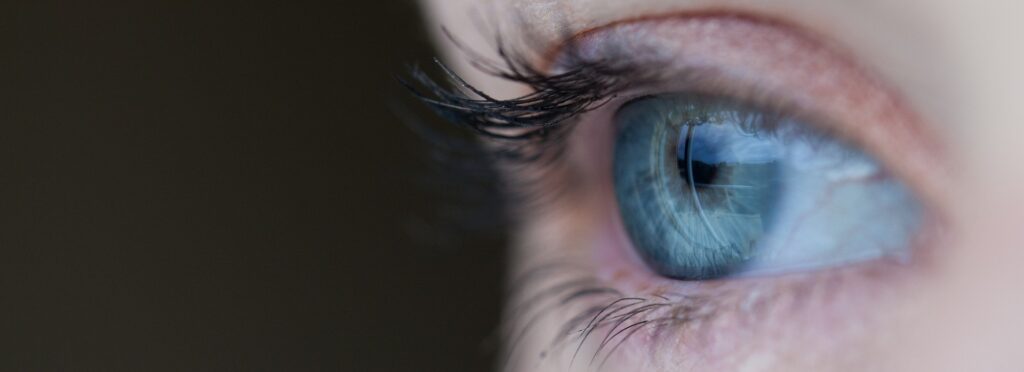Glaucoma: The sneak thief of sight
Approximately 300,000 Australians have glaucoma and 50% of people with the condition are undiagnosed. Due to our growing population and longer life expectancy, this figure is expected to rise in the future. At age 40, 1 in 200 people have the condition, increasing to almost 1 in 10 at age 80.
Glaucoma is a collection of eye diseases that if left undetected and untreated, can lead to optic nerve damage and permanent vision loss. It is one of the leading causes of irreversible blindness worldwide. Glaucoma has no significant symptoms so can sneak up on you, going undetected until it’s too late. That is why the condition is known as the “silent thief of sight.” Regular eye exams are key to early detection and prevention of vision loss.
For long term healthy eyesight, it is vital to have a regular comprehensive eye exam every two years. For people over 65 years of age, we recommend annual exams. If there are other risk factors including family history, diabetes and high blood pressure, more regular checks may be required.
What is Glaucoma?
Glaucoma is the name given to a group of eye diseases where vision is lost due to damage to the optic nerve. Approximately 300,000 Australians have glaucoma. Generally there are no symptoms or warning signs in the early stages of this eye condition. The loss of sight is usually gradual and a considerable amount of peripheral (side) vision may be lost before there is an awareness of any problem. The primary problem in glaucoma is damage to the optic nerve. Intraocular pressure (IOP) is the fluid pressure inside the eye. The level of eye pressure at which there is progressive damage to an optic nerve varies between people: some individuals with high eye pressures do not develop nerve damage, while others with normal eye pressure develop progressive nerve damage.
What are the symptoms?
The most common form of glaucoma starts with the loss of side vision (peripheral vision). There is no pain or discomfort associated with it. The lack of symptoms makes early detection difficult. As the disease progresses, symptoms may include: Painless blurred vision Loss of peripheral vision Difficulty adjusting to low light
Who is at risk?
Those most at risk include people who: Have a family history of glaucoma Are aged 40 years and over Are short sighted Have diabetes Have had a serious injury to the eye Used steroids regularly over a long period of time Have hypertension
How is glaucoma managed?
Glaucoma can be treated with medication, laser treatment or surgery. Early detection and treatment of this condition can prevent or delay vision loss. To help avoid glaucoma, people should have their eyes regularly examined by an eye care professional. Both are optometrsits are trained in using the most up to date resources and equipment to help detect and magage glaucoma/ Those in high-risk categories should have their eyes examined well before the age of 35.
Don’t wait untill it is to late. Make sure to book an eye appoinment in with the team at Beckenham Optometrist, so we can help maintain and look after your eyes.
Make a Booking








